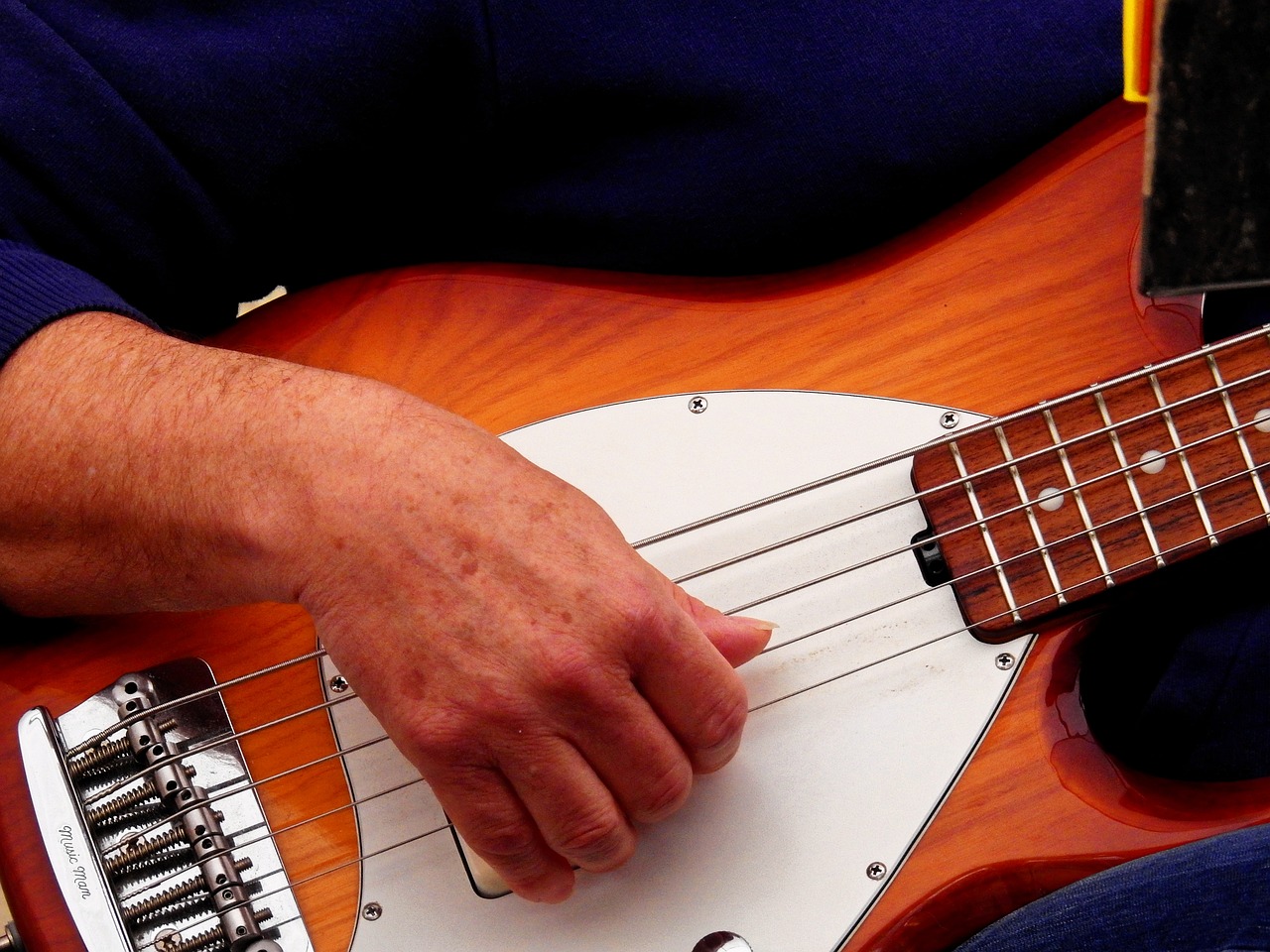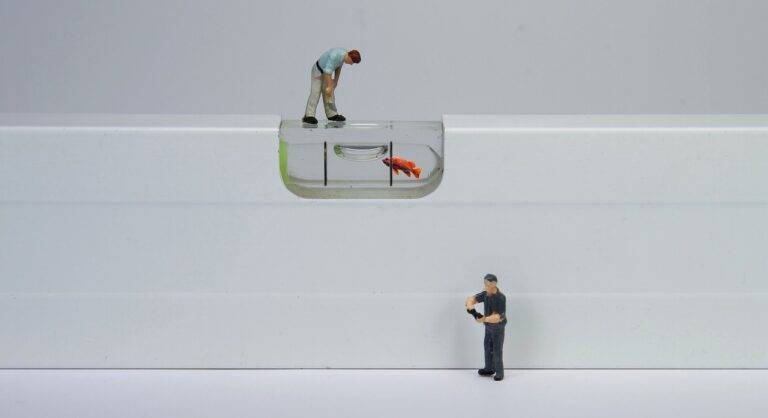Exploring the Impact of Gender Representation in Video Game Character Design
When it comes to character design in video games, gender stereotypes often play a significant role in shaping the appearance and characteristics of characters portrayed in these digital worlds. Female characters are frequently depicted as overly sexualized, with exaggerated features and revealing outfits that cater more to the male gaze rather than realistic representation. Conversely, male characters are typically portrayed as strong, dominant figures with muscular builds and stoic personalities, perpetuating the stereotype of masculinity in gaming.
The prevalence of these gender stereotypes in character design not only limits the diversity and depth of representation in video games but also reinforces harmful societal norms and expectations. By adhering to these traditional portrayals of gender, game developers contribute to the perpetuation of gender biases and hinder the progression towards more inclusive and equitable gaming experiences for all players. As the gaming industry continues to evolve, there is an increasing demand for more authentic and diverse representations of gender in character design to better reflect the diverse player base and foster a more inclusive gaming environment.
The Evolution of Female Characters in Video Games
Female characters in video games have undergone a significant evolution over the years. Initially portrayed as damsels in distress or hyper-sexualized figures, there has been a gradual shift towards more diverse and empowered representations. Modern female characters often exhibit strength, intelligence, and agency, challenging traditional gender stereotypes prevalent in the gaming industry.
The evolution of female characters in video games reflects broader societal changes and increased awareness of the importance of gender representation in media. With the growing demand for more inclusive and authentic narratives, game developers are introducing complex and well-rounded female protagonists that resonate with a diverse audience. This shift not only enriches the gaming experience but also contributes to the ongoing conversation about gender equality and representation in popular culture.
• Female characters in video games have evolved from damsels in distress to empowered figures
• Modern female characters exhibit strength, intelligence, and agency
• The shift towards more diverse representations reflects broader societal changes and increased awareness of gender representation in media
• Game developers are introducing complex and well-rounded female protagonists to resonate with a diverse audience
• This evolution enriches the gaming experience and contributes to the conversation about gender equality in popular culture.
Male Dominance in Video Game Character Representation
In the world of video games, male dominance in character representation is a pervasive issue that continues to shape the industry. From the strong, stoic heroes to the cunning, powerful villains, male characters often take center stage in gaming narratives. This trend reinforces traditional gender roles and perpetuates the idea that men are the default protagonists in the virtual realm.
Despite some progress in recent years with the introduction of more diverse and nuanced male characters, the overwhelming majority of lead roles in video games are still occupied by men. This imbalance not only limits the representation of different perspectives and experiences but also reinforces the idea that masculinity is the standard for heroism and adventure in gaming. As the industry continues to evolve, addressing and challenging this male dominance in character representation is essential for promoting inclusivity and diversity in video game storytelling.
Are gender stereotypes still prevalent in character design in video games?
Yes, gender stereotypes are still present in character design in video games, with female characters often being portrayed as overly sexualized or in need of rescue.
How have female video game characters evolved over time?
Female video game characters have evolved over time to become more diverse and well-rounded, with many now taking on more active and empowered roles in games.
Is there a significant imbalance in the representation of male and female characters in video games?
Yes, there is a significant imbalance in the representation of male and female characters in video games, with male characters often outnumbering female characters and taking on more prominent roles in game narratives.
Why is it important to address male dominance in video game character representation?
Addressing male dominance in video game character representation is important because it can perpetuate harmful gender stereotypes and limit the representation of diverse perspectives in gaming.







